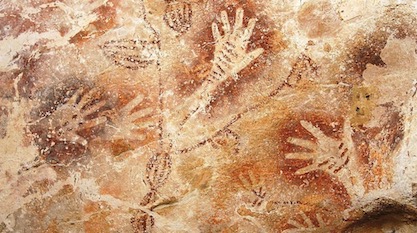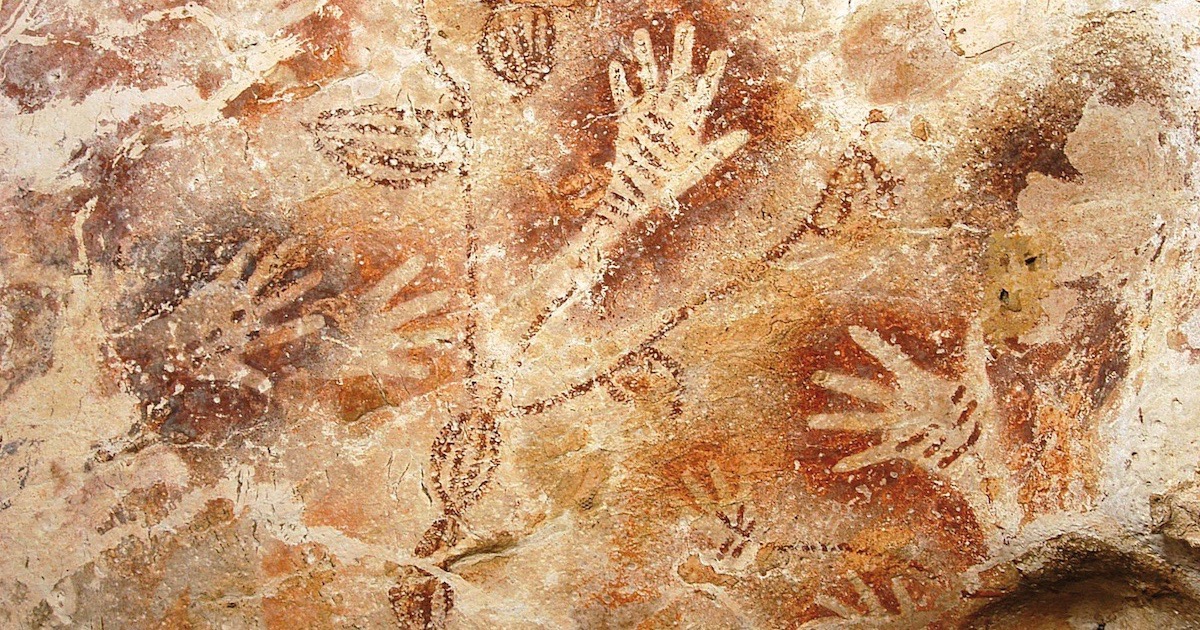 Human Origins
Human Origins
Dabar Postscript


My recent post about the Dabar Conference on human origins that I attended in June has unintentionally caused some misunderstanding. The post was a brief sketch of my impressions, with no serious or scientific content. That should have been clear. However, I received an email from participant Joshua Swamidass, letting me know he had issued a web post detailing his concerns about what I wrote. So let me address the issues Joshua has raised.
The yearly Dabar Conference is sponsored by the Creation Project. I was under the impression that the event sought to orient theologians toward theistic evolution. But Joshua pointed out that is incorrect. As their website says, “The Dabar Conference is a by-invitation event gathering 50+ evangelicals together from different disciplines, denominations, and institutions with the goal of orienting evangelical theologians to the relevant recent work in the natural sciences and to promoting scholarship in the field of the doctrine of creation” (emphasis added).
Defining Its Mission
This is how the Creation Project officially defines its mission. They are not focused on theistic evolution (evolutionary creationism) in particular.
[T]he Creation Project is committed to a posture of intellectual hospitality towards the broad range of views represented within evangelicalism and beyond, and we do not require adherence to a particular statement of faith in order for someone to be involved in the project. We recognize that this puts us in something of a unique position: the majority of organizations working at the intersection of science and the doctrine of creation are already committed to certain positions (e.g., young earth, old earth creationism, evolutionary creationism, intelligent design). In contrast, as a ministry of Trinity Evangelical Divinity School, the Creation Project’s aims are to draw attention to the biblical and doctrinal issues involved in the contemporary discussions, and to bring disparate perspectives into conversation.
The specific topic for this year at the Dabar Conference was:
Reclaiming Theological Anthropology in an Age of Science
No topic within the doctrine of creation has been more unsettled by modern science than theological anthropology. Increased knowledge of the physical world has made traditional views of the human person more difficult to affirm — our minds do not appear to be quite as separable as previous ages believed. Is belief in the soul scientifically naïve? More recently, genetic research has raised new questions about our biological origins and whether belief in a historical Adam and Eve is warranted. But what exactly is at stake in affirming (or not) a “historical Adam”? What are we to make of original sin, for example, if one removes historical referentiality from the opening chapters of Genesis? In this third year of the Creation Project we’re seeking wisdom about the origin, nature, and ultimate purposes of human life.
As noted, I really did find some talks hard to follow. Perhaps that is because I have no training in theology. I am a biologist rather than a theologian. I note that one of the purposes of the conference is dialogue between disciplines, and it is worth the effort. My comment about a dialect called theolophilos was light-hearted. It was intended as a joke. Of course, no disparagement was intended.
Two Vectors at Different Angles
An organizer objects to my use of the term “orthogonal.” Agreed, that was not the mot juste. What I meant was two vectors at different angles, which run nearly in parallel, but intersect at some point. We are not at right angles, but not the same either.
I’m pleased and grateful to report that I was warmly received; most people were welcoming and generous in their attitudes. I was not there as a reporter and so did not interview fellow participants about their positions on relevant issues. Perhaps my sense of differences was erroneous. It is true that one speaker and one participant seemed to want to avoid me. I take no offense at that.
According to Josh, BioLogos scientists were not the majority of scientists at the conference. I’m glad to be corrected. There were, according to Professor Swamidass, three BioLogos and six non-BioLogos scientists, including Joshua and me. (Josh parted ways with BioLogos a little way back.) A.J. Roberts, Fazale Rana, John Bloom were also on hand, and I’m sorry for seeming to overlook them. Please blame my imperfect memory.
Down in the Weeds
The remainder of Joshua’s comments in his response to my post are misdirected. Obviously, I did not intend my comments to be a rigorous presentation of my or any other model for human origins. I did not take up the questions of monogenism, interbreeding, etc., because getting down in those weeds, however fascinating, was not my point or purpose.
Joshua did not like that I called his origins model “idiosyncratic,” or that I characterized the reaction to it as “cautious.” Oh well. I stand by my words. In fact, I might say the same of my own model and how it was received too. It’s not a bad thing to be idiosyncratic. Just look at what Dictionary.com gives as an example of usage:
The best minds are idiosyncratic and unpredictable as they follow the course of scientific discovery.
Synonyms include: distinctive, individual, individualistic, characteristic, peculiar, typical, special, specific, unique, one-of-a-kind, personal.
Maybe not “peculiar.”
I will close by repeating that I enjoyed the conference and the warm reception. My sincere hope is that the dialogue leads to good fruit.
Photo: “Tree of Life,” a cave painting from Borneo, Indonesia, by Lhfage at English Wikipedia [CC0], via Wikimedia Commons.
